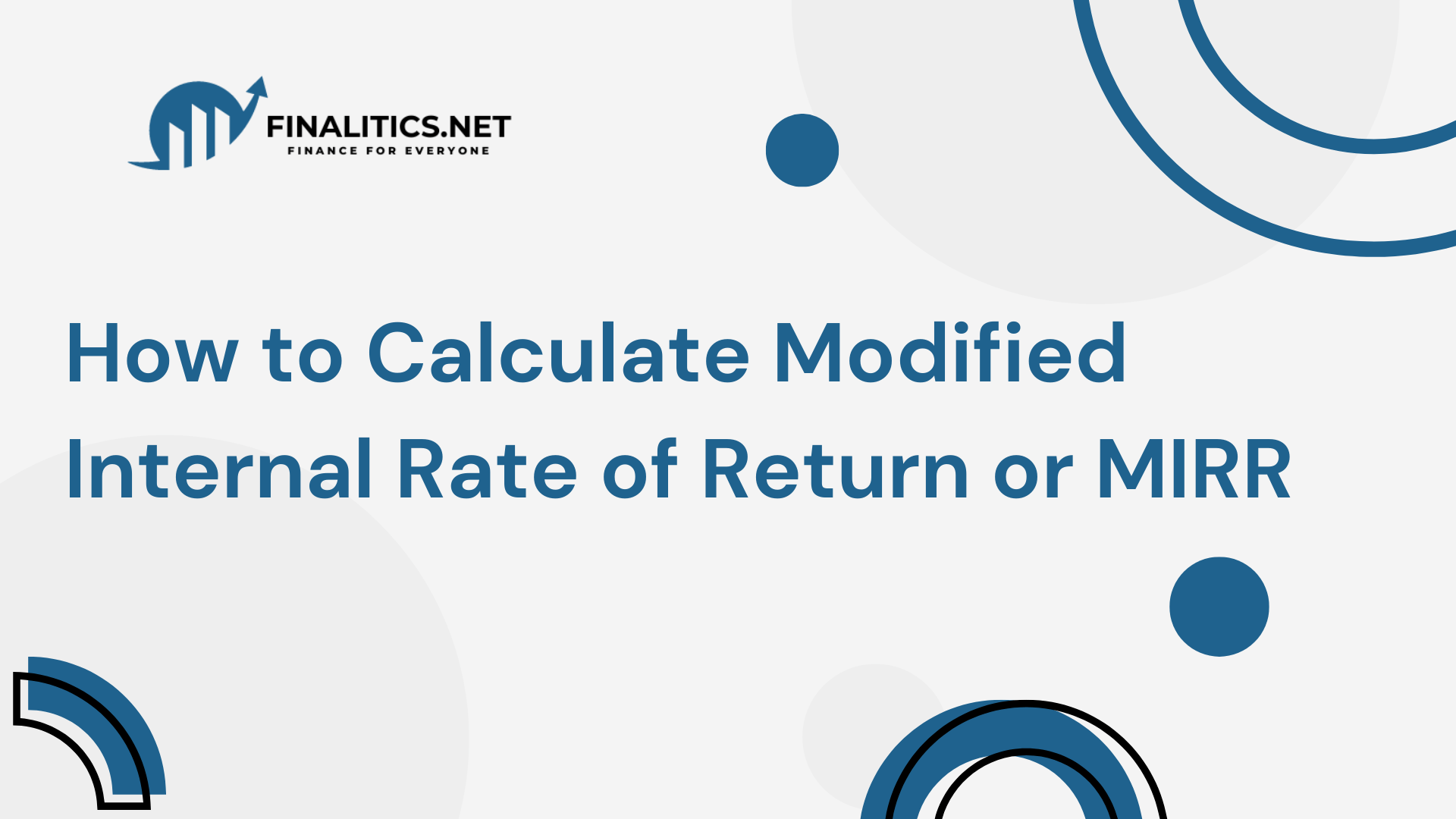When working with data, one of the most common challenges is figuring out how reliable our estimates are. Whether we’re estimating the mean return on investments, the average height of a population, or even predicting market behavior, we need a way to measure the uncertainty around our numbers. This is where resampling techniques like Jackknife and Bootstrap come into play.
In this article, we’ll explain what these methods are, how they work, why they’re useful, and when to use each of them.
What is Resampling in Statistics?
Resampling is a modern approach in statistics where we repeatedly draw samples from our data (instead of relying only on formulas) to estimate things like:
- Standard error (variability of estimates)
- Confidence intervals
- Bias in estimates
Resampling methods are especially powerful when we don’t know the exact formula for a statistic or when the population distribution is complicated. Two of the most widely used resampling techniques are:
- Jackknife Resampling
- Bootstrap Resampling
1. Jackknife Resampling
What is Jackknife Resampling?
The Jackknife method is one of the oldest resampling techniques. It works by systematically leaving out one observation at a time from the dataset and calculating the statistic (like mean, variance, or regression coefficient) for each reduced dataset.
How it Works (Step by Step):
- Start with a dataset of n observations.
- Leave one observation out, calculate the statistic.
- Repeat this step for every observation (so you’ll have n estimates).
- Use the variation among these estimates to calculate the standard error.
Why use Jackknife?
- It’s computationally simple (great when computers were slow).
- Helps to reduce bias in estimates.
- Works well with small datasets.
Example:
Imagine you have 5 exam scores: [70, 75, 80, 85, 90].
- Leave out 70 → mean of remaining = 82.5
- Leave out 75 → mean = 81.25
- Leave out 80 → mean = 80
- Leave out 85 → mean = 78.75
- Leave out 90 → mean = 77.5
Now, the standard deviation of these 5 new means is the jackknife estimate of standard error.
2. Bootstrap Resampling
What is Bootstrap?
The Bootstrap method is a more modern, flexible, and powerful resampling technique. Instead of leaving out data, it creates new samples of the same size by sampling with replacement from the original dataset.
This process is repeated thousands of times, and each new sample produces an estimate of the statistic. The variation in these estimates gives us the standard error.
How it Works (Step by Step):
- Take the original dataset of n observations.
- Randomly sample n values with replacement (so some observations may appear multiple times, others may not appear at all).
- Calculate the statistic (mean, median, regression coefficient, etc.).
- Repeat this process thousands of times.
- Use the distribution of these results to estimate standard error, confidence intervals, and more.
Why use Bootstrap?
- It’s more accurate than Jackknife.
- Works for complex statistics (like medians, percentiles, regression models).
- Can build confidence intervals even when formulas don’t exist.
Example:
With the same exam scores [70, 75, 80, 85, 90], a resample might be [75, 90, 70, 75, 85]. Its mean = 79. Then repeat 1,000 times. The spread of these 1,000 means gives the bootstrap estimate of standard error.
Jackknife vs Bootstrap: A Comparison
| Feature | Jackknife | Bootstrap |
|---|---|---|
| Sampling Method | Leave-one-out | Resample with replacement |
| Computation | Simple, fast | Computationally demanding |
| Accuracy | Good for small samples | More accurate, more flexible |
| Best for | Reducing bias, small datasets | Confidence intervals, complex statistics |
| Example Use | Mean, variance | Mean, median, percentiles, regressions |
Which is More Computationally Demanding?
Clearly, Bootstrap resampling is the more computationally demanding method. It requires creating thousands of resampled datasets and calculating statistics for each. However, thanks to modern computing power, this is no longer a big issue — and the accuracy gains make it worthwhile.
Final Thoughts
The Jackknife and Bootstrap methods are both brilliant tools that help us understand the uncertainty in our estimates:
- Jackknife is quick, simple, and works well with small data.
- Bootstrap is powerful, flexible, and accurate, making it a favorite in modern data science.
In short:
- If you want simplicity, use Jackknife.
- If you want accuracy and confidence intervals, use Bootstrap.
Both techniques remind us of one important truth in statistics: the power of resampling lies in learning more from the data we already have.


